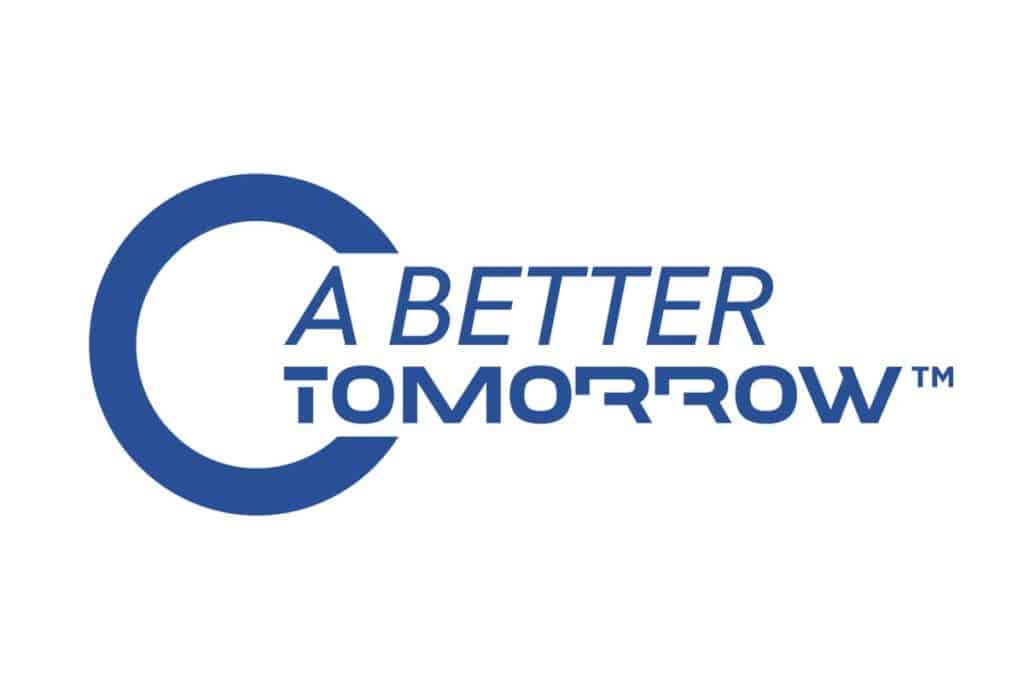The idea of Tobacco Harm Reduction (THR) is not a new one. It is a public health strategy that recognises the harm caused by combustible cigarettes and aims to minimise the health impacts of cigarette smoking by encouraging those adult smokers who would otherwise continue to smoke, to switch completely to use scientifically substantiated reduced-risk* alternatives.
“Increasingly, governments and policymakers worldwide are taking Tobacco Harm Reduction seriously. Reduced risk* products, such as vaping, tobacco heating products and nicotine pouches, give smokers who do not want to give up smoking an alternative. A route away from cigarettes,” he adds.
Wheaton says that BAT aims to have 50 million consumers of its non-combustible products by 2030. In its recent Trading Update, BAT announced it had continued to grow its non-combustible product consumer base, reaching 19.4 million consumers in Q1 2022.
BAT’s target was set in March 2020, when the company unveiled its new corporate strategy to build A Better Tomorrow™ by reducing the health impact of the business through offering scientifically substantiated products with reduced-risk.

“We aim to leverage the strengths of our existing business, including the value, profit, and cash streams, and use that to accelerate our non-combustible, next-generation portfolio. It’s part of the solution of transforming the business in a measured, thought-through way and trying to accelerate that transformation. To put it simply, we are shifting from things that burn tobacco, to things that don’t,” he adds.
BAT’s portfolio of reduced-risk products, includes three separate categories – vapour products, tobacco heating products, and modern oral products, which together, now contribute 12 percent to BAT’s global revenues. Wheaton sees this as tangible evidence that the company’s commitment towards Tobacco Harm Reduction is proving to be effective.
“Just a few years ago, none of our revenue would be in these reduced-risk* products. But the shift is happening. In some of our other key markets, including the UK, Sweden, and Japan, 40 percent of our revenue comes from those products,” he says. BAT hopes to continue this momentum and make a positive contribution to society, by further reducing the health impact of its business.
Public health bodies are now, more than ever, focusing on broader health issues and how they can optimise health outcomes while also making the most of their resources. BAT is clear that responsible, science-backed and well-thought-through regulation is essential to ensuring that adult consumers can enjoy reduced-risk* products with confidence, while governments and health bodies can be assured of product quality and manufacturing safety standards.
“There is substantial evidence to support vaping, tobacco heating, and modern oral products as reduced-risk* compared to smoking. It’s really important that all stakeholders work together to develop an appropriate regulatory approach that provides consumers who might otherwise continue to smoke, with the access to, and the confidence to use, these products,” Wheaton says.
Wheaton believes that stopping the sale of tobacco will have little or no impact on the demand side for cigarettes, inevitably leading to growth in illicit cigarette sales. “We have a test case of that in South Africa in 2020, through Covid-19, when the government suspended the sale of cigarettes for four and a half months. Despite the total sales ban, the overwhelming proportion of smokers continued to smoke by sourcing products from the illicit market,” he says.
Middle East strategy
BAT has bold aspirations in the Middle East. With a presence in nine countries, the company’s headcount has grown to over 450 employees across the region. Vuse, BAT’s global vaping brand, has also grown. It is now the largest legitimate closed system vaping brand in the Middle East1 since its launch in UAE, KSA, Bahrain and Kuwait in 2020.
“The Middle East region plays a huge role in our transformation story. The region has a progressive view on regulation and there is a huge consumer base for alternative nicotine products,” says Wheaton.
BAT’s transformation is backed by clear and measurable targets to reach £5bn ($6.12bn) in new category revenues by 2025. “15 percent of the nicotine users in the Middle East region are using these new alternatives to smoking2 and 37 percent of smokers are open to switching to these alternatives3,” he adds.
From tobacco to technology
Today, adult consumers have a range of products that offer satisfying, high-quality and less risky* alternatives to traditional cigarettes. “Advances in technology and innovation are allowing us to create devices that are able to enhance customer satisfaction and also be reduced-risk* in comparison to smoking. Our transformation is not just about diversifying our portfolio, but what’s enabling that. Put simply, it’s a transformation from tobacco to technology,” Wheaton adds.
“Our transformation continues at pace and we are making strong progress towards our purpose to build A Better Tomorrow – and this is just the beginning. Our research and development, led by our 1,500 R&D specialists across the world, is creating an exciting pipeline of reduced-risk products*,” he concludes.
1 NC Track 2021 research
2 NC Incidence 2021 research
3 NC Track 2021 & 2022 research
*Based on the weight of evidence and assuming a complete switch from cigarette smoking. These products are not risk free and are addictive.
Brand View allows our business partners to share content with Arabian Business readers.
The content is supplied by Arabian Business Brand View Partners.






